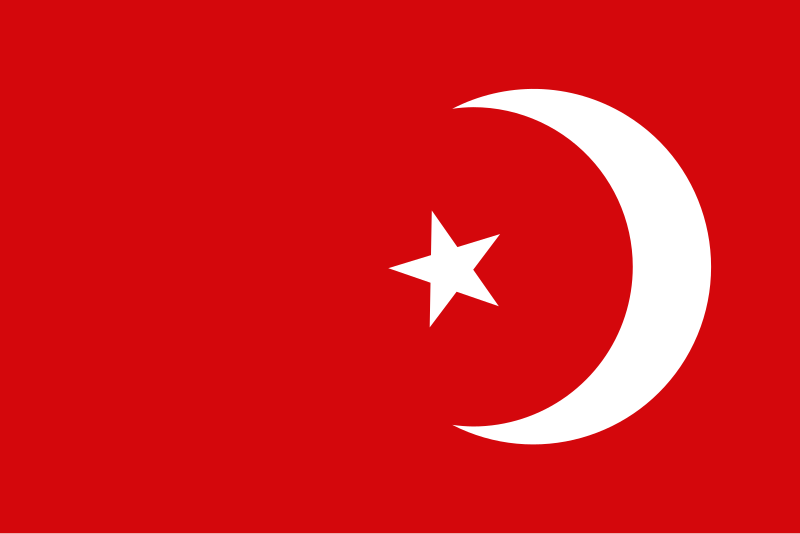Morocco, like many other
North African lands, relies heavily on imported foreign goods - goods that come
both from outside the country and outside the continent of Africa altogether.
However, the Natural Resource Governance Institute holds that Morocco is the
largest exporter of phosphate in the world, generating a significant source of
internal revenue for its economy. [1]
The country exports approximately 50 million metric tons annually which
includes Western Sahara (where the bulk of the reserves are holed up). It holds
a near whopping 80% of the world's phosphate reserves alone - more than two
thirds of total global phosphate production, according to Bloomberg (Business).[2]
Alongside phosphates, other notable resources include copper, silver, iron ore,
and coal. These national resources are the main stay of Morocco's exporting
empire, keeping the economy afloat in, more or less, relative good standing.
However, though the phosphate export business is a flourishing cornucopia of
economic sustenance for the country, the potential for self-sufficiency, even
given the characteristic arid nature of its North African status, is not to be
balked at.
With nearly 33,000 square miles of land
suitable for growing crops, one seventh of which can be irrigated, Morocco is
one of the elusive few Arab countries that has the potential for near total
food production self-sufficiency. The potential for gainful cultivation and
irrigation of land, coupled with the country's temperate Mediterranean climate,
makes it possible for Morocco to produce nearly two thirds of its own grains
(wheat, barley, and corn). [3]In
terms of sustainability in the North African economic world, Morocco is a force
with which to be reckoned. While the use of national resources has changed very
little since its colonial times, the way in which the resources are used and
distributed has changed significantly.
The Moroccan government placed economic
emphasis on manufacturing raw goods for export as well as the import of foreign
goods. This "tit for tat" style of economic management remained
relatively unchanged until the 1980s. Since then, Moroccan economic focus
shifted to privatizing its manufacturing operations, retaining more of the
profits, resulting in a push to increase exports, and encouraging new private
investments. As a result, Morocco has significantly lowered its foreign debt
and narrowed a trade deficit resulting from trade practices years prior to the
country's economic renaissance. But in the 1990s, Morocco had begun to
negotiate a substantially profitable, formal trade agreement with its biggest
trade partner, the European Union. [4]
Over time, this agreement would create a Euro-Mediterranean free trade zone
between the two entities. Though this is a momentous first step for the tiny
nation, its need for a less dependent economy is of ever-growing pertinence. So
Morocco sought to establish other trade agreements between it and other Middle
East and North African countries and then in 2004 Subsequently, if not
consequently, a trade agreement was struck between Morocco and the United
States. The combination of new and expanding trade agreements, economic
renaissance, and more prudent use of national resources has pushed Morocco
further along the path to self-sufficiency. Over time, such strides may
ultimately curtail Moroccan dependence on European goods and finally secure the
country's goal of becoming more economically independent.
Bibliography
Bloomberg. "Phosphate: Morocco's White Gold."
Bloomberg L.P. Last modified November 4, 2015. Accessed November 29,
2015. http://www.bloomberg.com/bw/magazine/content/10_46/b4203080895976.htm
National Resource Governance Institute. "Morroco."
National Resource Governance Institute. Accessed November 29, 2015. http://www.resourcegovernance.org/countries/middle-east-and-north-africa/morocco/overview
Miller, Susan G. "Morocco." Encyclopædia Britannica. Last modified June 25, 2015.
Accessed November 28, 2015. http://www.britannica.com/place/Morocco
[1] “Morocco: Other – Middle East and North Africa," National Resource Governance Institute, last modified November 29, 2012, last accessed July 28, 2016, http://www.resourcegovernance.org/countries/middle-east-and-north-africa/morocco/overview
[2] “Phosphate: Morocco’s White Gold,“ Bloomberg, last modified November 4, 2010, accessed July 28, 2016, http://www.bloomberg.com/news/articles/2010-11-04/phosphate-moroccos-white-gold
[3]“Morocco: Other – Middle East and North Africa," National Resource Governance Institute, http://www.resourcegovernance.org/countries/middle-east-and-north-africa/morocco/overview
[4] Abdallah Laroui, “Morocco,” Encyclopedia Britannica, June 13, 2016, accessed July 28, 2016, https://www.britannica.com/place/Morocco





